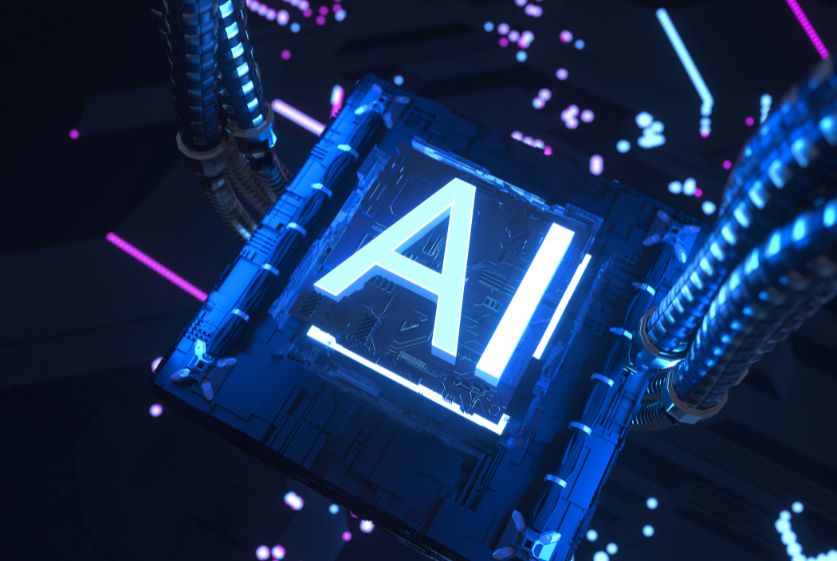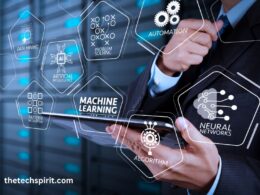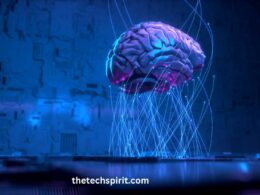As organizations rush to unlock value from AI, the supporting infrastructure remains a key enabler as well as a challenge. Artificial intelligence infrastructure refers to the core systems, tools, and processes needed to develop, operate, and manage AI applications effectively at scale.
Table of Contents
Current State of Artificial Intelligence Infrastructure
Most companies today are still in the early stages when it comes to building robust infrastructure for enterprise AI. Early efforts have focused on siloed, proof-of-concept projects with limited scope.
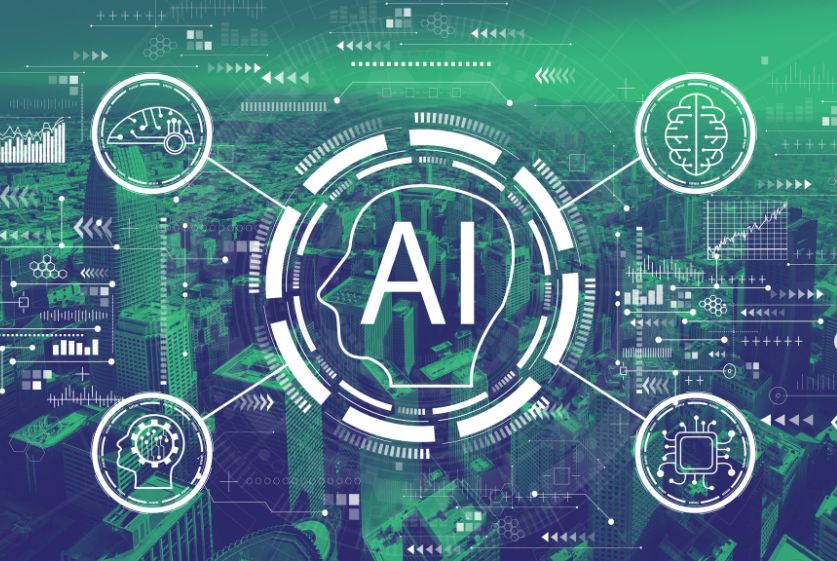
Components like data management, model development environments, and collaboration tools often remain fragmented. This leads to operational challenges in maintaining, deploying, monitoring, and updating AI models.
As AI integrates deeper into business workflows, the infrastructure needs to evolve as well. The industry is gradually recognizing some of the gaps in existing technology stacks and practices.
Established cloud providers and startups are introducing platforms and services aimed at AI infrastructure. But more innovation is needed, especially when it comes to scalability, interoperability, and governance.
Challenges with Existing Infrastructure
Here are some of the limitations with current AI infrastructure across most organizations:
- Data silos make it hard to build enterprise datasets for training AI models
- Lack of standards around APIs and platforms leading to integration issues
- Difficulty supporting rapid experimentation by data scientists and developers
- Fragmented development environments for building, testing, and deploying models
- Poor visibility into model performance and data drift post-deployment
- Ad hoc approaches to governance with limited examinability or accountability
These gaps can significantly slow down AI adoption and decrease returns on AI investments.
Let’s look at the key components needed to overcome these barriers.
Components of Robust AI Infrastructure
Here are the foundational elements companies need for production-grade infrastructure to support AI initiatives:
Data Management Systems
Data Storage
Centralized data lakes or warehouses for storing structured, unstructured, and streaming data from across the organization and external sources.
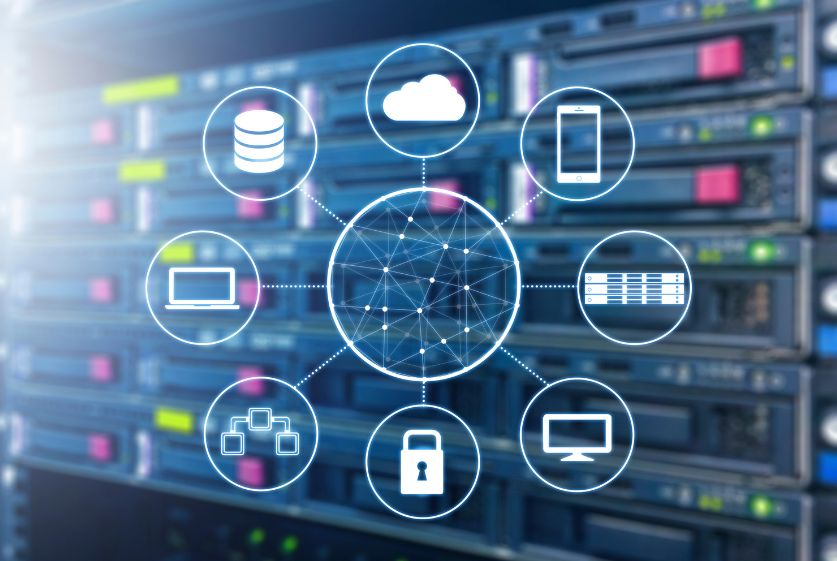
Data Integration
Pipelines and APIs for seamlessly connecting new data sources and keeping datasets up-to-date.
Data Governance
Policies, processes, and tools for managing data quality, lineage, access control, and compliance.
Computing Power
Hardware Advances
Investments in GPUs, TPUs, and quantum computing to run modern AI workloads.
Cloud Computing
Leveraging on-demand access to storage and computing on cloud platforms.
Edge Computing
Enabling low-latency inferencing on smart devices and appliances.
Development Tools and Environments
Frameworks and Libraries
Standard toolkits like Tensor Flow, Porch, and Kera to build and deploy models faster.
Model Development Environments
Integrated platforms with features for the full machine learning lifecycle.
Collaboration Tools
Enabling seamless teamwork, knowledge sharing, and community engagement.
Building Blocks for Scalable AI
Along with core infrastructure components, organizations need to prioritize some cross-cutting capabilities:
Interoperability
API Standardization
Common interfaces between platforms to prevent lock-in and ensure portability.
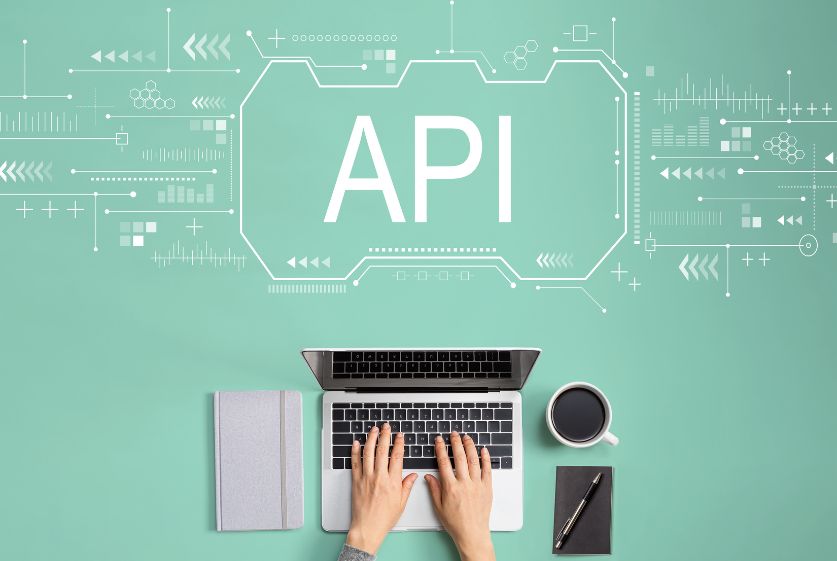
Open Standards
Open source frameworks and adherence to industry standards.
Security
Data Privacy
Safeguards for protecting sensitive datasets used to train models.
Model Governance
Guidelines for testing, documenting, and monitoring models post-deployment.
Explainable AI
Techniques for interpreting and auditing model behavior.
Monitoring and Observability
Performance Monitoring
Tracking infrastructure and application metrics in real time.
Data Drift Detection
Identifying dataset changes that lower model accuracy over time.
Model Decay Identification
Detecting decreases in model performance due to outdated training data.
Real-World AI Infrastructure
Now let’s look at some examples of AI infrastructure in practice:
Industry Use Cases and Examples
Here’s how some sectors are leveraging dedicated AI infrastructure:
Healthcare
Secure data lakes, clinical decision support systems, and connected medical devices.
Finance
Customer analytics, fraud detection systems, trading algorithms, and compliance tools.
Transportation
Fleet routing optimizers, autonomous vehicles, smart cities technology.
Key Players and Technology
Significant innovation around AI infrastructure is coming from:
Leading Tech Companies
Google, AWS, Microsoft, and IBM are offering specialized AI cloud services.
Open Source Communities
Groups like the Linux Foundation are creating common standards around Kubernetes and TensorFlow.
Startups
New companies focused on problems like MLOps, data management, and collaboration tools.
The Road Ahead
Let’s look at some emerging trends and remaining barriers in building enterprise-grade AI infrastructure:
Emerging Innovations
Automated machine learning, neural architecture search, quantum computing, and more promise to expand the horizons of AI infrastructure.
Overcoming Adoption Barriers
Organizations need to modernize legacy systems, invest in integration, upskill teams, and address data quality and governance issues.
Investing in the AI Future
As AI becomes a competitive differentiator across industries, companies need to view AI infrastructure as a strategic business priority rather than just an IT concern.
Conclusion
Robust infrastructure is the foundation for successfully deploying AI applications at scale across enterprises. Companies still face data, technology, and skills-related barriers around operationalizing AI.
With emerging innovations in cloud platforms, open-source tooling, and startups focused on AI infrastructure, the field is poised for rapid evolution.
Companies that invest ahead of the curve in modern, interoperable infrastructure will reap significant competitive benefits from AI in the years ahead. This infrastructure advantage will accelerate AI adoption, optimize outcomes, and maximize returns for organizations positioned to lead the AI-powered future.
FAQs
What are some key components of AI infrastructure?
Some major components include data management systems like data lakes and warehouses, scalable computing power through cloud and edge deployments, machine learning development platforms and tools, and integration middleware.
Why invest specifically in AI infrastructure vs using existing technology stacks?
Mainstream infrastructure lacks key capabilities like rapid elastic scalability, machine learning model lifecycle management, and Mops that are required for mission-critical and large-scale AI adoption. Purpose-built AI infrastructure alleviates these limitations.
What are some leading technology vendors providing AI infrastructure solutions?
Major cloud platform vendors like AWS, Microsoft Azure, and Google Cloud offer AI-focused development suites, cloud services, and marketplaces catered to machine learning needs. There are also some emerging startups such as Weights & Biases, Comet ML, and Spell providing innovative data and model management tools.
What are some key machine learning infrastructure standards?
Some open standards gaining traction include ONNX for model interoperability, MLFlow and Kabbelow for end-to-end ML pipelines, TensorFlow for common frameworks, and Prometheus for performance monitoring, among others. These help avoid lock-in.
Why is integration important for enterprise AI infrastructure?
Disparate systems, fragmented development environments, and a lack of standard interfaces can significantly hinder widespread AI adoption across organizations. APIs, microservices, and integration middleware are key for uniform infrastructure.





